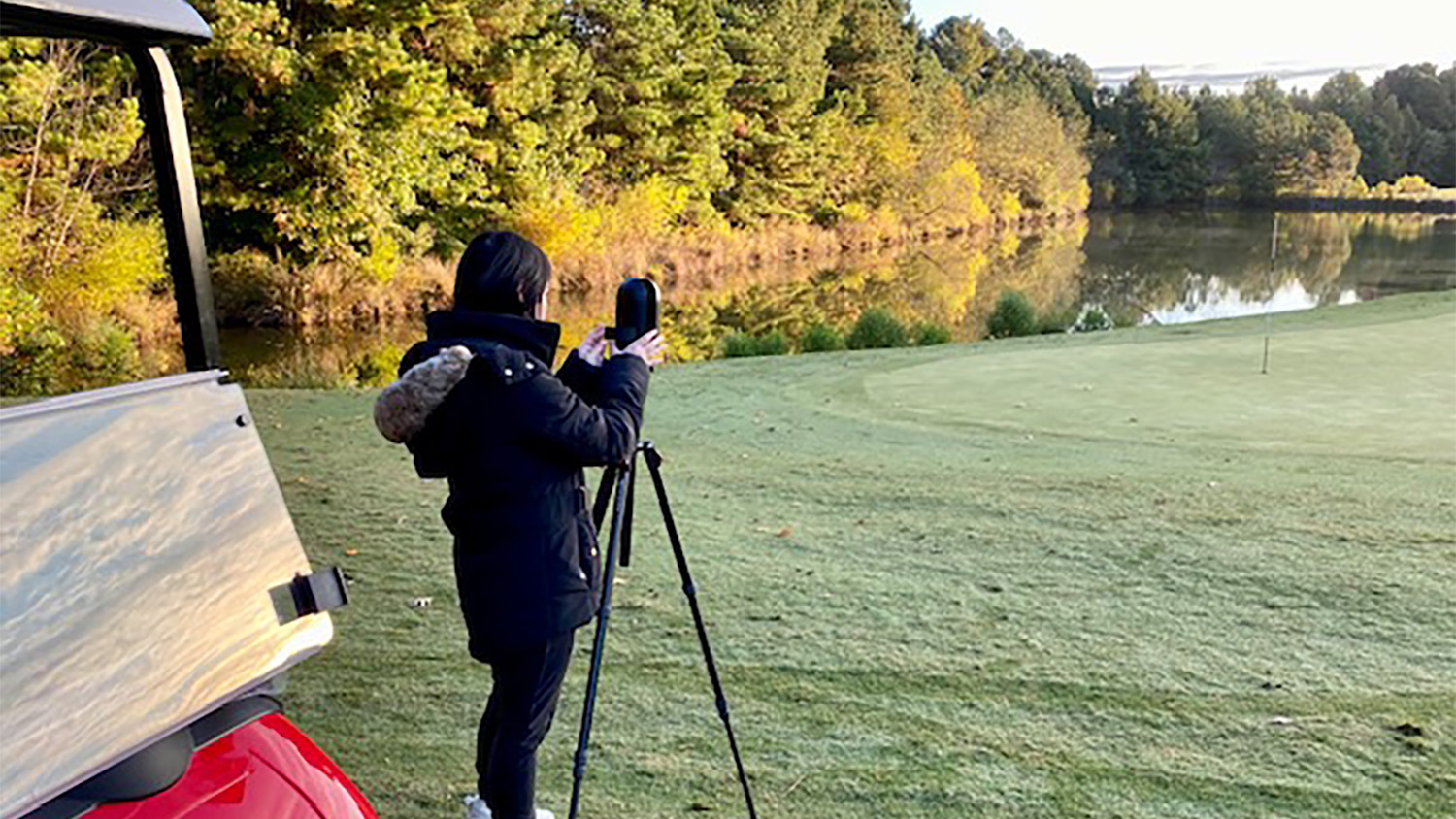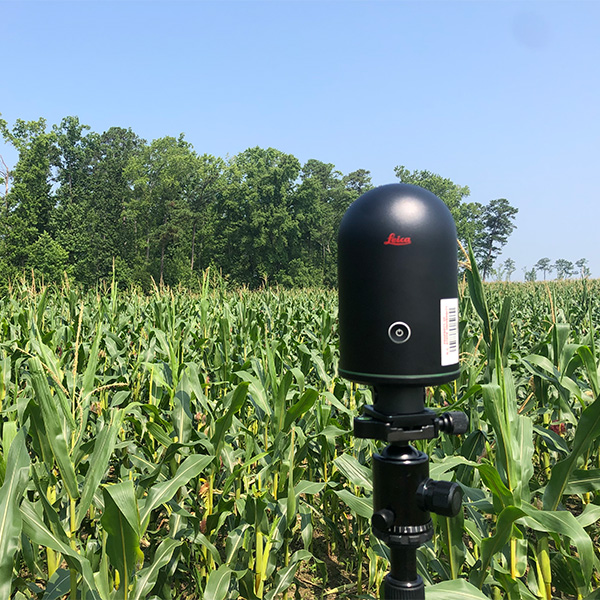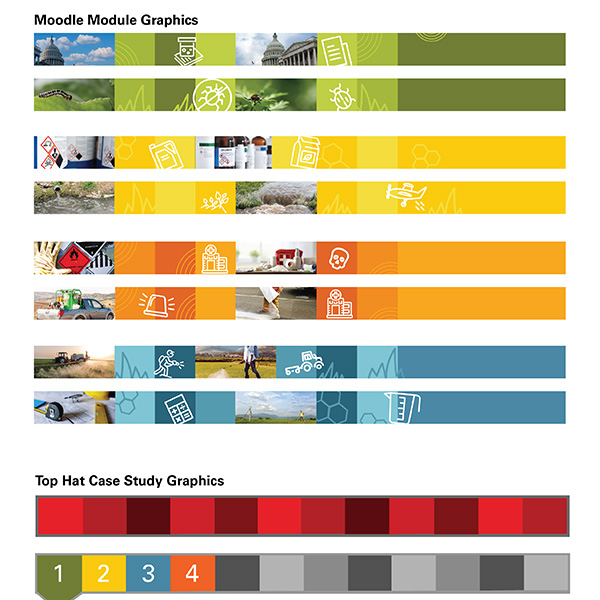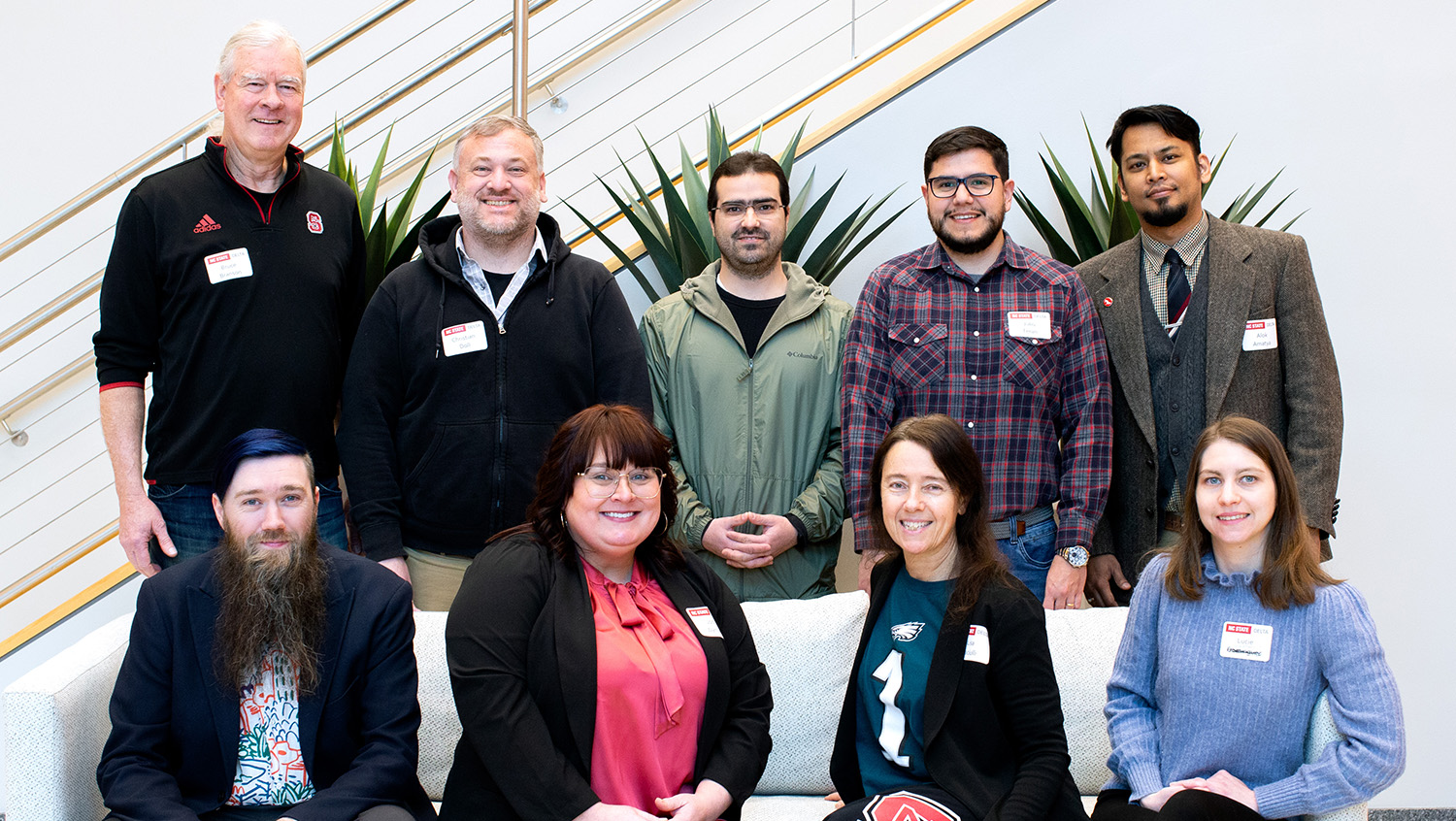Pest Management Through an Environmental Lens
DELTA Grant Increases Student Engagement Through Virtual Case Studies

In farming and urban environments, understanding how to control insect or microbe infestations by effectively and safely using pesticides is a critical skill. And each of these domains has unique features, uses, priorities and pests as well as different methods for environmentally sound management of pests.
Students in ENT 121: Pesticides and Their Utilization within the NC State Department of Entomology and Plant Pathology learn the basic characterization, classification, chemical and physical properties of pesticides. Beyond helping students to understand the use of pesticides, the course also includes the study of the environmental effects of pesticides, Federal and State laws and regulations relating to pesticides, safety procedures related to handling and storage, and application equipment for pesticides.
Identifying the Instructional Challenges
Students enrolled in ENT 121 represent all six majors within the Agricultural Institute, which is the two-year degree program offered through the College of Agriculture and Life Sciences. Most of these majors use pesticide inputs as a crucial component for pest management. Overall, surveys show that students find the course to be valuable, and comments reveal that the lecture material provides the knowledge required to be successful in their respective fields. However, AGI Coordinator and Director of Undergraduate Programs Terri Billeisen wanted to explore opportunities to involve students in a different way and to encourage higher-level thinking.
“The way the class was structured, students learned concepts like pesticide movement in the environment and how that affects approaches to management,” Billeisen said. “They could memorize and repeat this information back on assessments, but I saw a need for them to engage with concepts at a level essential for their professional success. They didn’t have an opportunity to connect what they were learning in class to the realities of what an actual physical environment might bring. We needed a way to synthesize the class content into an application setting similar to what students might encounter in the real world.”
To meet this educational need, Billeisen turned to DELTA and a DELTA Exploratory Grant for help.
Assessing the Needs
With the DELTA Exploratory Grant, Billeisen worked as the Principal Investigator (PI) along with Graduate Research Assistant Kelly O’Reilly and the following team of DELTA specialists:
- Project Lead, Educational Media Lead Donnie Wrights
- Multimedia Specialist Téa Blumer
- Instructional Media Producer Arthur Earnest
- Instructional Design Lead Caitlin McKeown
- Additional contributors Michael Cuales and Grant Eaton
For this project, the team employed the successive approximations model (SAM), which allowed for an iterative approach that included multiple deliverable, feedback, evaluation and implementation phases.
SAM is designed specifically to elicit feedback and build working models earlier in the process.
“Evaluation is a big component of the SAM approach,” McKeown explained. “After each implementation, we surveyed students to see how they were feeling about the cases and what could be improved. The feedback from each semester helped inform the next iteration of the case study.”
Frequent evaluations also gave the team the ability to track and compare the project over time, providing multiple data points even as they were still actively working on deliverables.
“After the initial analysis, we determined the project goal was to simulate the pesticide application and decision-making process,” Wrights said. “This process included using Matterport for the 3D scanning of three unique outdoor environments — a golf course, a corn field, and an arboretum — as well as developing corresponding case study assignments.”
Matterport is a camera system that captures an environment in its entirety. It captures color and depth to create a virtual experience similar to being there in person.

The team first searched for a mixture of environmental terrains and conditions. After determining a possible location, they scheduled a site visit to explore the location and to decide which features to focus on. Then, they scheduled the day and time to scan.
Meeting the Goals
The case studies the team created allow students to assume the role of a superintendent, grower, or director, respectively, and make pesticide decisions based on the content of the course and features they observe within the 3D Matterport environments. The case studies are delivered using TopHat, an enterprise tool, and are designed to be customizable and modifiable for different courses and semesters.
“We wanted to structure the case studies in TopHat so students can easily see what round and section they are in and jump between sections easily,” McKeown said. “We used the TopHap internal linking feature and created a set of banners and other assets that are color-coded for each round.”

“The goal of the Moodle banners is to give students an idea of upcoming topics as well as to provide visual breaks,” Wrights explained. “We used icons and smaller photos to convey the topic message and color to give discernible differences in organization. The banners are also coordinated with the TopHat graphics.”
Each case study is divided into multiple rounds where students receive additional advice, learn more about the environment, and explore different products by calculating their weights, formulas and costs.
The team kept customization and longevity in mind as they developed the assets for this grant to provide the ability to update and change hotspots at any time from Google slides. Using Matterport, the team inserted hotspots with additional information into the virtual landscapes. These hotspots corresponded to questions in the case studies and helped to further enrich the experience by encouraging student exploration.
Additionally, the team created both a style guide and a bank of assets to maintain the existing structure and formatting, so the case studies can be updated in the future while maintaining the same design.
“We absolutely want to do a quick shout out to our PI, Terri Billeisen,” Earnest said. “Terri has been a great collaborator and cheerleader for DELTA! She has had multiple grants and was featured in a testimonial video about collaborating with DELTA. She challenged the team and stayed open to new ideas and opportunities.”
Interested in DELTA Grants?
We can collaborate with you to create instructional materials to expand or substantially revise an established course. Learn more about DELTA Grants and how to apply.
- Categories:


